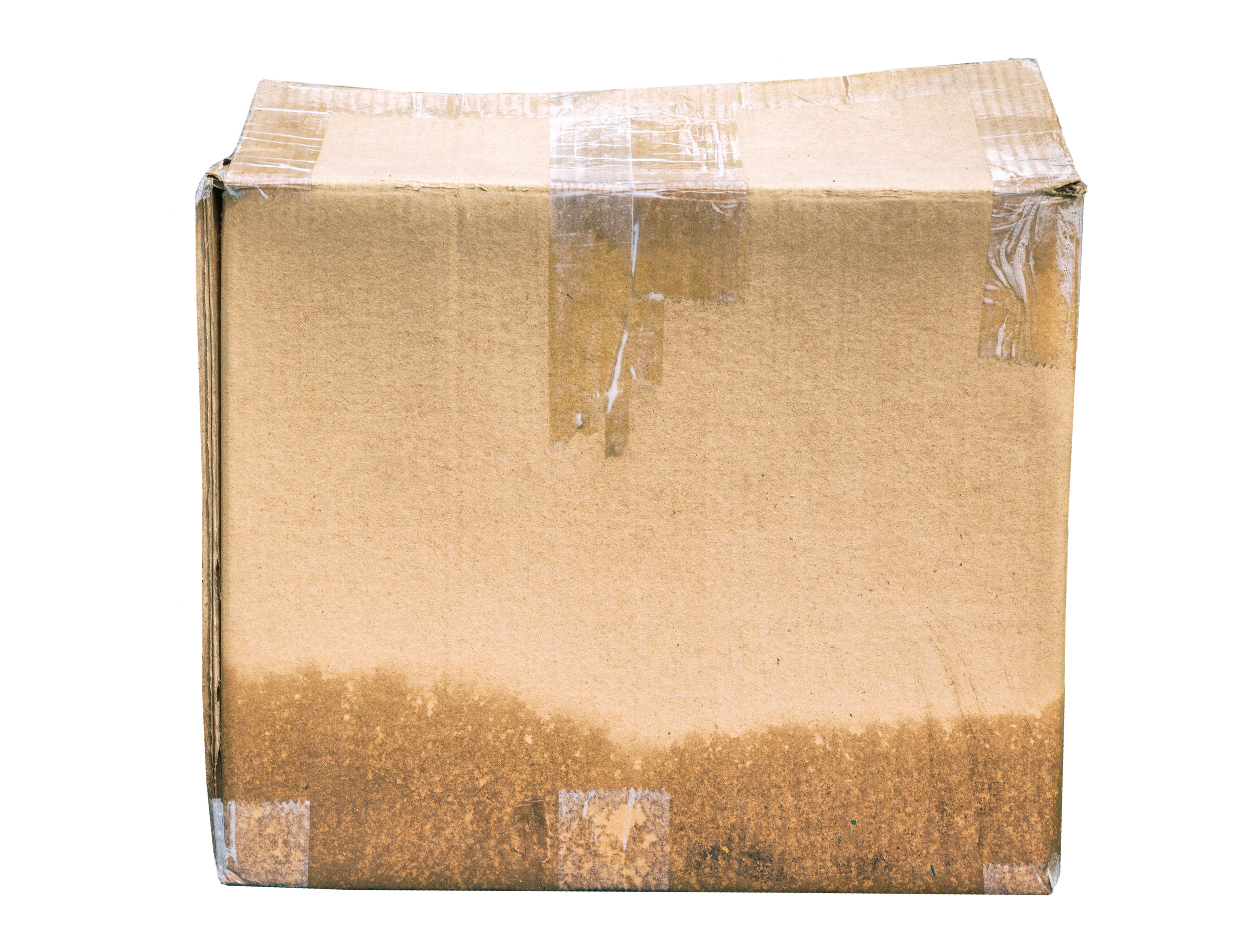Moving can be stressful. However, when you choose to move with plastic moving boxes, you will not have to deal with broken cardboard boxes, taping everything up, and the assembly of the boxes. You will also lose out on the worry of what will happen if a box gets wet.
Plastic moving boxes certainly make it easier to move, but how many do you really need? Unlike cardboard, the sides won't really bend or expand to accommodate your items. However, this is a good thing. If you over pack a cardboard box, you could end up with a disaster on your hands.
Choosing to move with plastic boxes could make it a bit tricky to choose how many boxes you need. Typically, you can get quite a bit in one box, but you will need several for any type of move. In fact, the minimum order is 20 boxes because it's necessary to have this many boxes to move a studio apartment, in most cases.
Why a Minimum of 20 Boxes?
One of the reasons you need at least 20 plastic boxes for your move is the size. Plastic boxes aren't as large as the largest cardboard boxes for moving. However, this isn't a bad thing.
Large cardboard boxes can easily be over packed and become too heavy. This can lead to injury when moving, a broken box or another type of issues you simply don't want to deal with on moving day. With plastic boxes, there's less chance of injury and they certainly won't break.
The smaller size, however, does mean you will need more boxes. An order of 20 boxes will usually be enough for an average studio apartment. If you're moving a larger apartment, condo or home, you will need more boxes.
How Many Plastic Moving Boxes for an Apartment?
The number of plastic moving boxes you will need to move an apartment depends on the size. If you have a traditional one-bedroom apartment, you will likely be able to move all your things with 30 boxes. However, a two bedroom apartment will require 45 boxes and you will likely need 60 boxes for a three bedroom apartment.
The number could vary a bit, too. If you use the second bedroom as a home office and you have more items than a typical bedroom may hold, you may need more than 45 boxes. If you don't use the second bedroom anymore because your roommate moved out and it's just empty, you may not need as many boxes.
How Many Plastic Moving Boxes for a House?
Moving a house is a completely different ballgame compared to an apartment. Most apartments don't have the same amount of storage as a house and most won't have a garage. The number of plastic moving boxes you will need to move a house completely depends on the house.
If it's a small two-bedroom home, you may be fine with 45 moving boxes. However, if it's a large four-bedroom home, you may need 80 or more boxes. In addition, if you have a garage, basement or another storage area filled with things, you may need even more plastic moving boxes.
What's the Size of a Plastic Moving Box?
The typical plastic moving boxes will be 27 inches long with a depth of 17 inches and a height of 12 inches. This isn’t a huge box, but it's large enough to make moving easy. Any bigger and the boxes could get very heavy making it harder on you and your movers.
Consider the size of the box, along with the size of your home, apartment, or condo. Then, place your order for the right amount of boxes with a minimum of 20. It's better to order a few more than you think you need, just in case than not enough because you're trying to save a few dollars.

